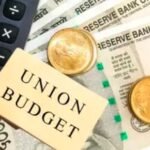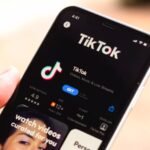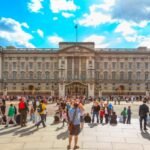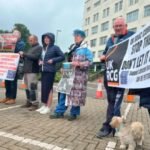With the clock ticking down on a steep 25% tariff deadline set by U.S. President Donald Trump, South Korea is throwing everything it’s got at a last-ditch diplomatic offensive — from shipyards to semiconductors, and from Washington D.C. to the windswept golf courses of Scotland.
A flurry of high-level visits, revised investment pledges, and back-channel diplomacy is underway as Seoul tries to secure a deal that doesn’t leave it behind other trading partners like Japan and the EU, who’ve already bagged more favorable tariff caps.
Scramble Mode: Seoul Sends Its Top Brass Everywhere
By Tuesday, South Korea had mobilized nearly its entire economic leadership for face-to-face talks. Finance Minister Koo Yun-cheol flew out to Washington with a suitcase full of proposals and a message: South Korea is ready to deal.
“We’re pitching long-term cooperation,” Koo said before boarding. He emphasized industries like shipbuilding as strategic opportunities for the U.S. and Korea to align.
He’s not the only one. Ministers, CEOs, and diplomats are spread across both the Atlantic and the U.S. east coast. It’s a high-stakes diplomatic relay—one that began last week with meetings in D.C. and New York, then crossed over to Trump’s state visit in Scotland, and now loops back to Washington for a final push.
One-sentence paragraph here: The deadline is Friday.
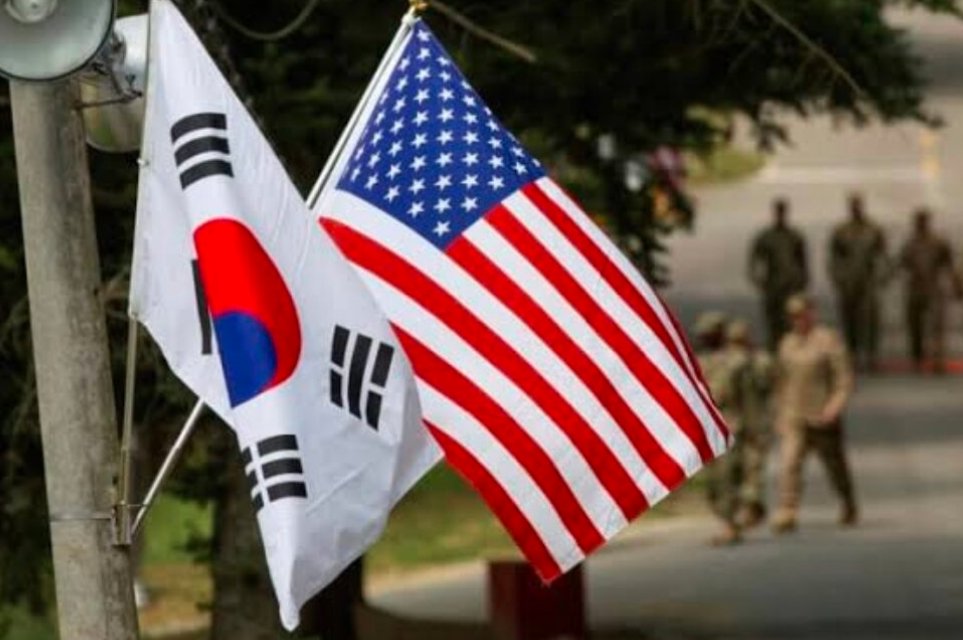
Samsung, Hanwha, and a Make-Or-Break Business Pitch
What’s on the table? A massive retooling of Seoul’s original proposal, with a clear message: Korea wants in.
Two big-ticket sweeteners are leading the charge:
-
Samsung’s AI and semiconductor offer: With Chairman Lee Jae-yong now en route to Washington, insiders suggest Samsung could offer deeper semiconductor cooperation or even new U.S.-based AI chip projects.
-
Hanwha’s shipbuilding pivot: The group’s Vice Chairman Kim Dong-kwan has been advocating Seoul’s “Make American Shipbuilding Great Again” campaign. Backed by Hanwha’s $100 million acquisition of Philly Shipyard, the proposal includes tech transfers, workforce training, and possibly billions in fresh capital.
These aren’t just flashy headlines—they’re tactical moves aimed squarely at sectors the Trump administration wants to revive.
Why Scotland? Because That’s Where Trump Was
In an unusually mobile round of diplomacy, South Korean officials didn’t just follow protocol—they followed Trump’s itinerary.
Industry Minister Kim Jeong-kwan and Trade Minister Yeo Han-koo flew to Scotland to catch U.S. Commerce Secretary Howard Lutnick, who was accompanying the president on his UK state visit. Their goal: press negotiations further in private.
They met Lutnick twice last week: once at the Commerce Department in Washington and again at his New York home. Then they tracked him to Trump’s Turnberry resort in Scotland, hoping proximity would buy progress.
In a Fox News interview, Lutnick confirmed their discussions and hinted that “additional deals” could be on the horizon before the Friday deadline.
That’s not normal diplomatic protocol. That’s urgent.
$100 Billion Offer and a Pivot on Agriculture
Talks didn’t start well. The U.S. had given a lukewarm reception to Korea’s initial pitch—especially regarding non-tariff issues like agriculture.
But Seoul responded fast, revising its offer with more firepower.
According to sources close to the negotiations, South Korea’s updated deal includes:
| Key Offer Component | Details |
|---|---|
| Investment Pledge | Over $100 billion in U.S.-bound investment |
| Shipbuilding Cooperation | Tech transfer, job creation, and strategic defense focus |
| Semiconductor Expansion | AI and chip production potential via Samsung & SK Hynix |
| Agriculture | More openness to U.S. farm imports, easing key barriers |
Officials believe these revisions could help close the deal—especially since other allies have already signed on.
One short line for rhythm: Seoul can’t afford to lag behind.
Japan and the EU Are Already In—Leaving Korea Behind
Over the weekend, Washington finalized two major agreements:
-
Japan: Secured a deal including $550 billion in investment and broader U.S. agricultural access
-
European Union: Agreed to cap tariffs at 15%, easing pressure on key sectors
The problem? These deals also cover export items Korea depends on—autos, semiconductors, and advanced materials. If Korea ends up stuck with a 25% rate, it could find itself priced out of critical markets or pushed toward production in the U.S.
It’s not just economic competitiveness at stake. It’s geopolitical positioning, too.
Will Trump Play Ball?
President Trump has so far remained quiet on the specifics of the Korea talks, but officials close to the White House say he’s watching the offers closely—especially those tied to domestic manufacturing, jobs, and AI.
For Seoul, the hope is that by showing up—in Washington, New York, and even Turnberry—they’ll do enough to convince Trump that they’re serious. That they’re not just tweaking old promises, but actually meeting the administration where it wants to be met: shipbuilding, semiconductors, and jobs.
Final sentence here: Whether that’s enough? We’ll know by Friday.
Category: News
Economy, International Trade
Meta Description: South Korea races to avoid 25% US tariffs, offering $100B in investments and shipbuilding deals as Samsung, Hanwha, and ministers push for a last-minute deal.
URL Slug: south-korea-us-trade-tariffs-samsung-shipbuilding-scotland
Image: samsung lee jae yong washington dc us korea trade talks 2025







